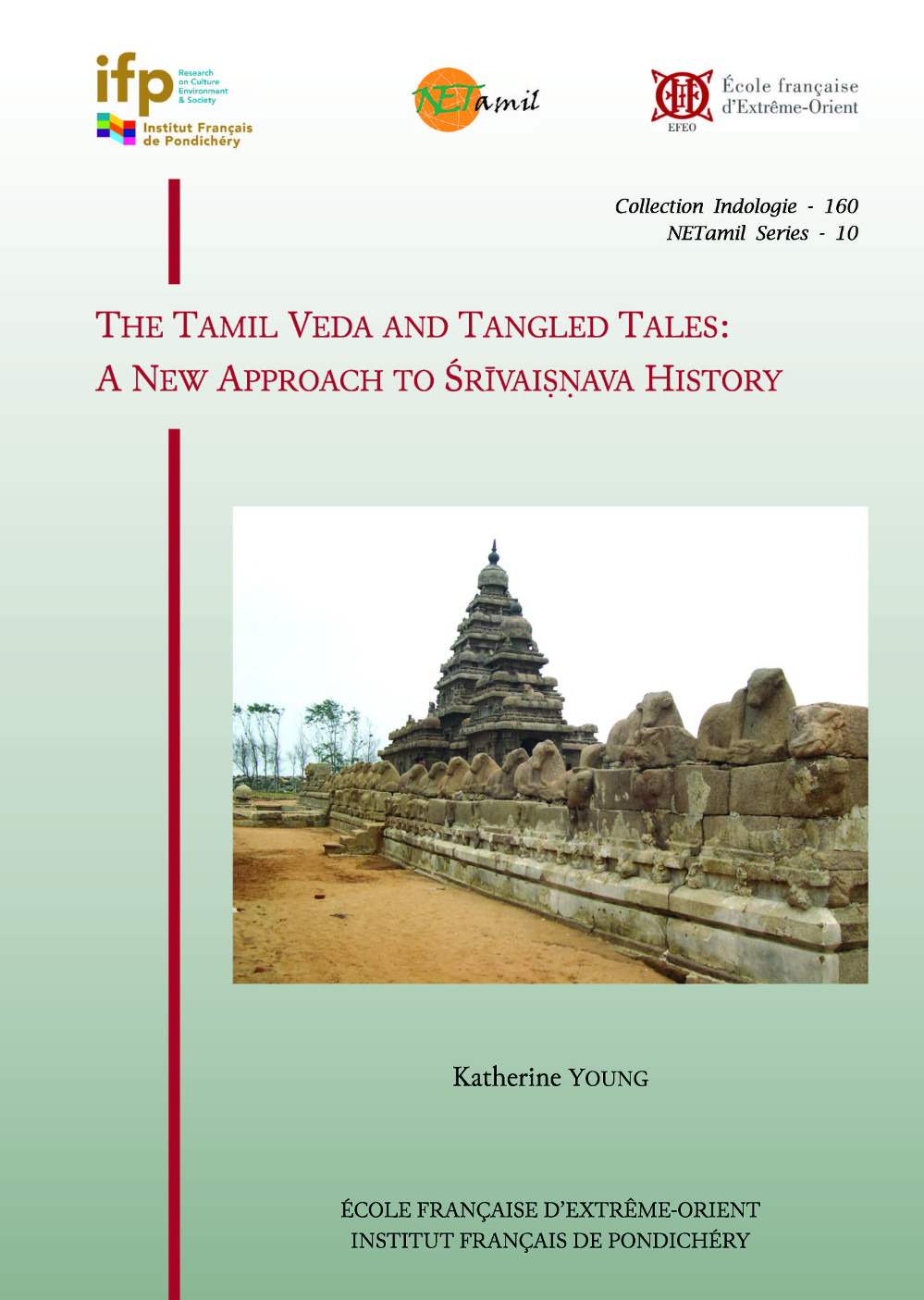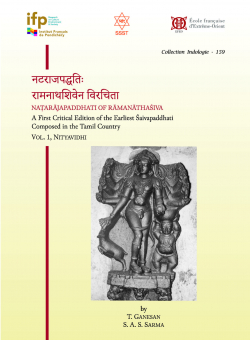The catalog of EFEO Publications includes works on a wide range of disciplines in the humanities and social sciences (archaeology, history, anthropology, literature, philology, etc.), centered on Asia, from India to Japan.
These publications address both specialists, and a wider public interested in Asian civilizations and societies.
The Tamil Veda And Tangled Tales
A New Approach To Śrīvaiṣṇava History
Collection : Collection Indologie
Collection's number: 160
Edition: EFEO - Coéditions, Institut français de Pondichéry (IFP)
Publication date: 2024
Status : Available
44,00 €
ISBN-13 : 9782855392943
ISSN : 0073-8352
Width : 17 cm
Height : 24 cm
Weight : 0.81 kg
Number of pages : 462
Distributor : EFEO Diffusion, EFEO Pondichéry Contact : shanti@efeo-pondicherry.org
Geography : India
Language : English, Tamil
Place : Pondichéry
Support : Papier
Description :
xxxvii+424 p., English, Tamil
ISBN EFEO : 9782855392943
ISBN IFP : 9788184702538
Collection Indologie n˚ 160
NETamil series n˚ 10
Abstract
This book explores the concept of the Tamil Veda as canon for Śrīvaiṣṇavas, a South Indian Hindu community. It argues that the commonly accepted historical narrative surrounding the loss of the Tamil Veda and its subsequent recovery by Nāthamuni in the 9th or 10th century is a story that appears in texts in the 17th century. Additionally, this book asserts that there have been two distinct canons: the first one, consisting of Nammāḻvār’s Tiruvāymoḻi or of the four works attributed to him, was prevalent until the early 17th century, after which the 4000 verses of the Āḻvārs became the new canon. In the process of untangling many narratives through examination of texts, contexts, and inscriptions, novel perspectives arise that constitute a paradigm shift in our understanding of the identity of the Āḻvārs and the historical trajectory of the sampradāya. This new understanding encompasses not only the dating of key Ācāryas and the hagiographies, but also sheds light on the broader historical framework of this tradition.
Table of contents
Notes
You can also order this title with our Pondicherry center at the following address:
shanti@efeo-pondicherry.org
Or with the French Institute of Pondicherry at the following address:
library@ifpindia.org
Orders to India must be placed with our center in Pondicherry or the French Institute of Pondicherry.












